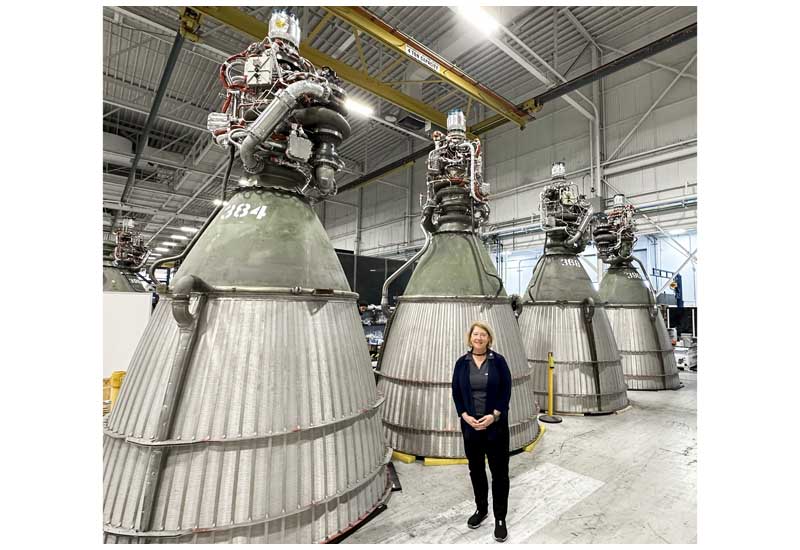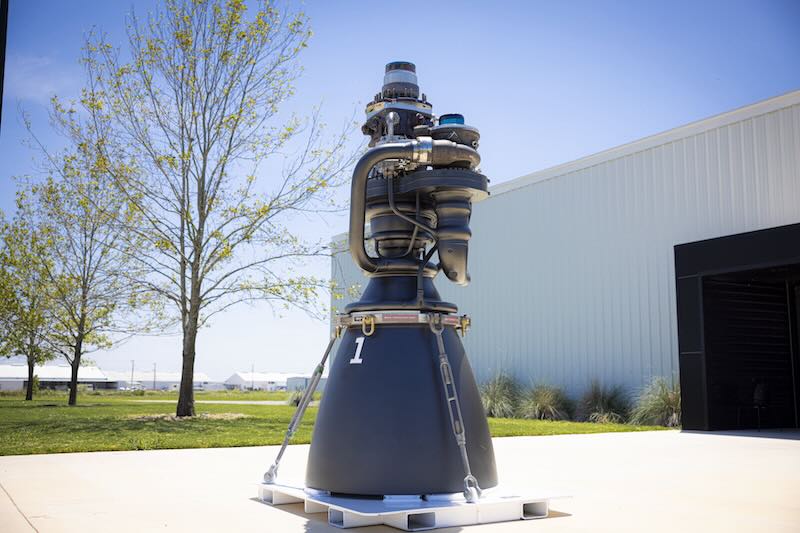Elon’s penchant for ambitious visions has once again materialized into reality with the unveiling of SpaceX’s Raptor 3 engine. Raptor 3 SN1, marvel of rocket propulsion technology represents a significant leap forward in design philosophy, emphasizing simplicity without compromising power or efficiency.
Months ago, Elon presented vision of the Raptor 3 that seemed almost too good to be true. The proposed design showcased a level of structural simplification that many industry observers, including seasoned experts, deemed overly ambitious. However, SpaceX has defied skepticism, bringing this streamlined concept to life.
The Raptor 3’s design ethos embodies the principle that less can indeed be more. By reducing complexity, SpaceX aims to enhance reliability – a counterintuitive approach in an industry often characterized by redundancy. This simplification extends beyond mere aesthetics, fundamentally altering the engine’s core architecture.
While the Raptor 3’s exterior appears strikingly bare compared to its predecessors, much of its complexity has been ingeniously concealed. The engine extensively utilizes integrated cooling channel walls, a technology only sparingly employed in the Raptor 2. These channels, now more prevalent throughout the engine, contribute significantly to its streamlined appearance.

A key factor in the Raptor 3’s simplified design is the integration of secondary plumbing into the main pump. This consolidation, along with the removal of certain structures, has resulted in a lighter yet more powerful engine. However, this streamlined design comes at the cost of increased manufacturing complexity.
The production of the Raptor 3 demands advanced manufacturing techniques. The extensive use of cooling channel walls requires sophisticated machining and brazing processes. SpaceX is likely leveraging 3D printing technology to overcome these production challenges, pushing the boundaries of rocket manufacturing.
SpaceX continues to refine the Raptor 3, it’s clear that they’re not just reaching for the stars – they’re streamlining the journey there. This engine represents a paradigm shift in rocket design, proving that in the realm of space exploration, sometimes the simplest solutions can have the most explosive impact.
